Do It Different: HAIR + NAILS’s Approach to an Artist-Run Gallery
A conversation with Ryan Fontaine and Kristin Van Loon: on bringing the ethos of underground venues to foster patronage for artists through authentic relationships
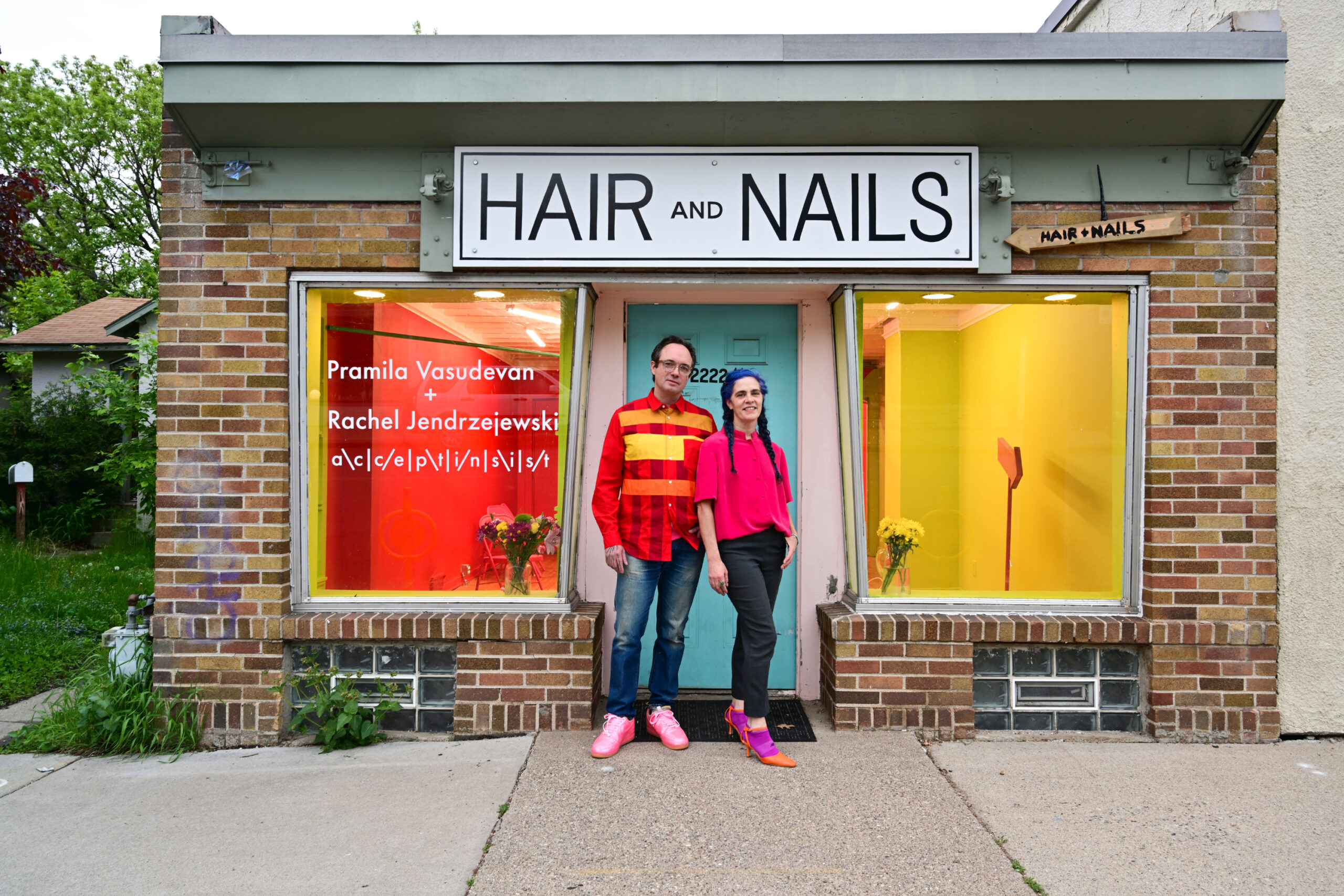
Founded in 2016 by Ryan Fontaine and Kristin Van Loon, HAIR + NAILS is a gallery in South Minneapolis that presents visual art and occasional dance performance. Continuing the tradition of artist-run spaces that merge living quarters and gallery/performance space, HAIR + NAILS occupies a storefront property located mere feet from Fontaine and Van Loon’s home.
Emerging from Fontaine and Van Loon’s formative experiences in punk and radical venues, HAIR + NAILS embodies what lies between for-profit gallery space and underground venue, mining the opportunities found in both. HAIR + NAILS provides a platform to support local artists through having their work regularly displayed, written about, and sold.
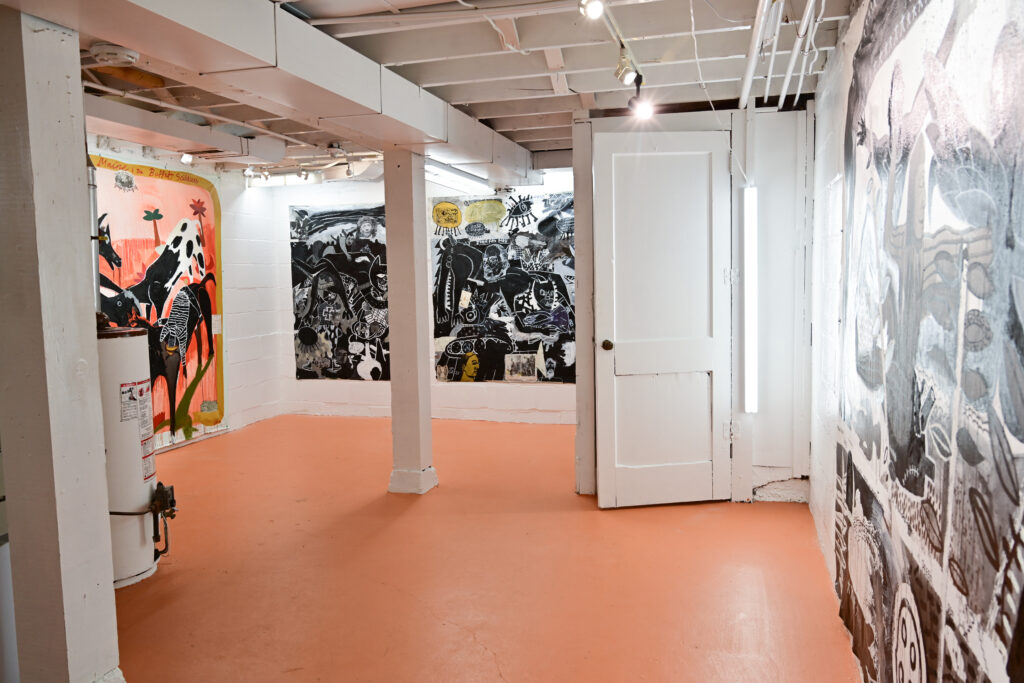
jake yuznaHow did you meet?
Ryan FontaineI was living in San Francisco, but I knew of Kristin’s dance from the Bedlam Theatre collective, which was an underground, alternative performance space and theater company on Minneapolis’s West Bank. When I had lived in Minneapolis, I occasionally worked as a musician on some of their plays doing sound scoring. Bedlam would throw these big parties, called Romps, that were basically variety shows, and HIJACK (the choreographic collaboration of Van Loon and Arwen Wilder) would occasionally perform. We probably both went to every Romp but never really crossed paths, never really met.
Fast forward to a few years later when I had left Minneapolis for San Francisco, and we had a mutual friend who became the costume designer for HIJACK as well as dancing with them. She introduced us, and I commissioned them as part of the programming of a Minneapolis-based pop-up gallery, the TEMP (Temporary Museum of Contemporary Art), that I put together while I was living in San Francisco. That’s how we first met.
Kristin Van LoonYou came to our HIJACK show at the Walker, didn’t you?
RFYeah. That was when I still lived in San Francisco. During the creation of the TEMP, HIJACK would be rehearsing while I would be installing, and we just became friends. That led to really rigorous communication through texts, emails, and studio visits, always talking to each other about art.
KVLWe called it studio visits, but they were like long letters. Sort of studio reports.
RFThen we started taking trips together, visiting Los Angeles, Colorado, New York, or Chicago, just to look at art. I lived in San Francisco up until Kristin bought the property that became both where we live and HAIR + NAILS. I moved in with her shortly after she bought it. That was about a month before our first show at HAIR + NAILS.
KVLI can’t think of better preparation for us to co-run an art space than to underpin it with a couple of years of conversation about art. Those trips were all to galleries, museums, art spaces, one after another. We looked at art, talked about art, shared writings about art.
RFI was learning so much then. As someone coming from a place outside the art establishment or fine art, I made this decision to transition into being a visual artist more than a sound artist. I was teaching myself and really looking heavily at 20th-century modernism, while Kristin had an understanding of contemporary art that I didn’t have yet. She knew about what was happening now.
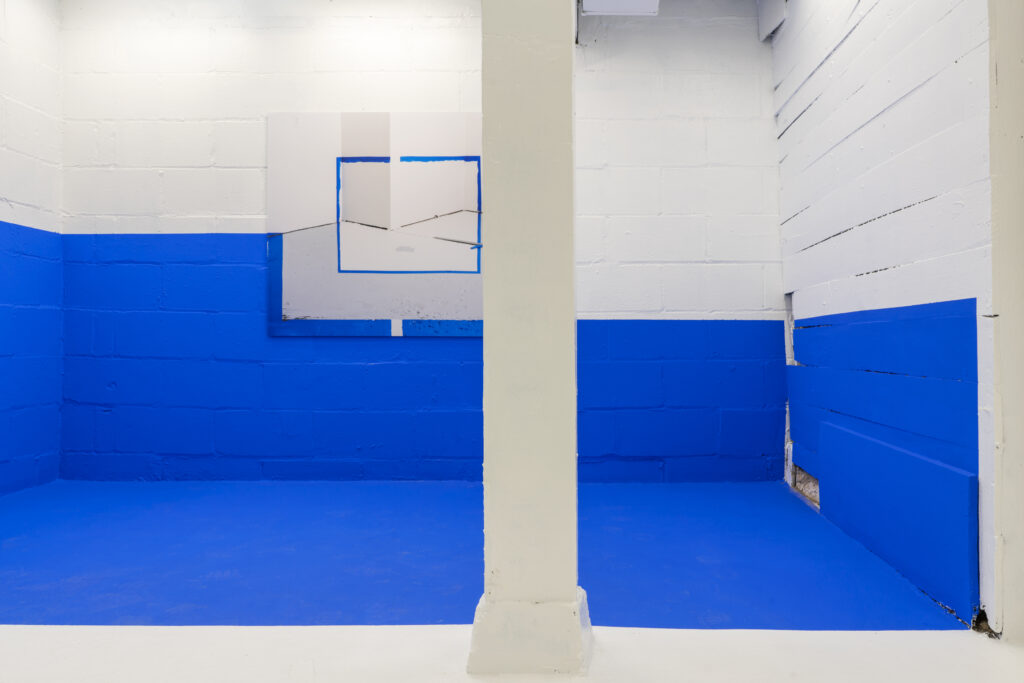
JYSince you’ve never had traditional or formal training, what led you to being a visual artist?
RFIt all started with being in a punk band—making experimental art rock, putting records out, making flyers, making spaces, and designing the spaces. There was always this heavy visual element in all of that, writing graffiti and all the things you do as a young punk rocker. Those visual elements became more and more of interest to me, and other people took notice. They started asking me if I would be in exhibitions. The first was at the Seward Café here in Minneapolis. That led to showing in another local space, called Art of This Gallery, and other exhibitions followed.
Since I’m a self-taught musician, I approached visual art in the same way. I just kept asking everyone I was working with, “How do you do this?” I also made the decision to learn the history of visual art, so I started checking out books from the library. That was in around 2005. It started that journey that led to here right now. (Laughs.) Since I became a visual artist when I was around 35, I wasn’t going to wait until someone said, “Your art is good enough that we want to show it.” I’d rather try to take control of my destiny. I like the wildness possible by not following any rules, to have the freedom to bring in whatever artists we want.
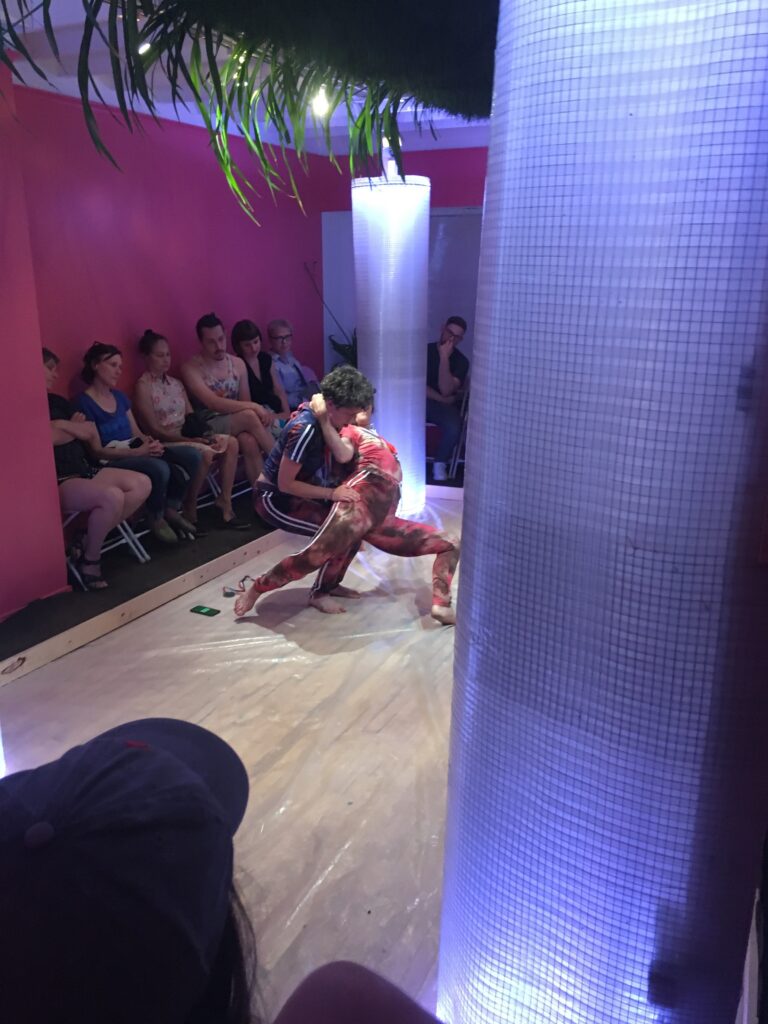
KVLI’ve been an artist working in the dance field since I moved here in 1993. My formal education was in geology. (Laughs.) Great preparation for a postmodern dance career. I did grow up as a very serious competitive figure skater. That somehow led to being a gallerist. (Laughs.)
My parents took me to see art all the time while I was growing up. That mixed with how movement and music are linked in figure skating, which made me aware of the relationship between performance and sound. When I moved to Minneapolis, I just hit the ground running. The 1990s in Minneapolis were kind of a golden era for independent dancers. I liked to work collectively. I formed HIJACK with Arwen Wilder in ’93, and also danced with a larger group called Concrete Farm from about ‘94–‘99.
Like Ryan, we were educating ourselves about the history of visual art through our work. HIJACK made a piece around Bruce Nauman, another inspired by Jenny Holzer and Rachel Harrison. A lot of my education came from seeing shows at the Walker and other spaces around town. I have also helped to present other artists through grassroots touring, choosing to be outside the normal marketplace for dance, performing in non-venues, and being in conversation with artists from around the country.
JYDid your work with Bedlam Theatre influence HAIR + NAILS?
KVLAbsolutely. I mean, holy cow, those shows were great! Their space was great. Their parties were great. It was just the place to be. I happened to have gone to high school with one of the founders, Maren Ward, an incredible performer and artist. Bedlam started the same year as HIJACK. It was a wild space. We would do a performance and then dance out into the audience, and it would become a dance party. Things could just happen. We wanted to keep that spirit going in a way.
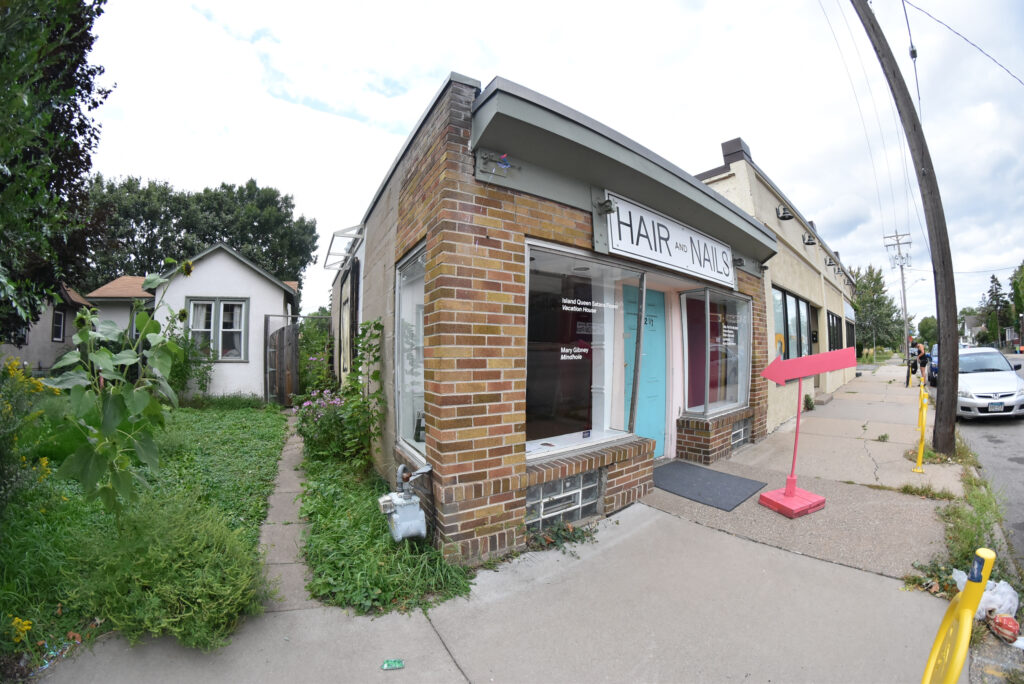
JYHow did HAIR + NAILS form?
RFThe person who owned the space before was someone both of us had collaborated with for a long time, our friend Naomi. When she decided to sell the space, she wanted to sell it to Kristin. Simultaneously there was this confluence of things happening: the block of buildings my studio in San Francisco was in sold to a developer, and I had to leave my apartment at the same time. Everything that’s good in San Francisco becomes a tech company. (Laughs.) We were already dating and decided to try living together.
We knew we wanted to have a gallery that was an artist-run space, but pretty quickly we started wondering: How do you actually run a gallery? How does the art world work? We wanted to understand that better and bring our own take on it.
KVLI knew I didn’t want the storefront space to be wasted. Ryan and I are very similar in that we’re compelled to make shows happen. It just kept snowballing. We got more and more serious about it because it felt as if we’d been training our whole lives to do this. We were willing to trust our gut that we knew how to do it.
RFWe definitely like doing our own thing, but we want there to be a community that exists around it. That is important. We want this to be a space that people feel a part of. We had experienced smaller spaces where a sort of family forms around it.
KVLOne thing that really drove our development was a passionate belief in the artists we were working with. That drove us to do everything we could to present their work in the most flattering way, to help further their careers, and to make their careers sustainable.
RFWe’re lucky in Minneapolis to have so many grant opportunities, but the question remains: What’s next? What do you do if you’ve gotten all the grants, or if a recurring grant you’ve grown used to is shut down? Maybe selling your work is another way to financially support your practice.
Everyone told us, “You just cannot do that in Minneapolis.” We were not going to listen to that. People sell their art all the time in all kinds of different-sized cities. Why not here?
KVLSales aren’t everything for us either. We have shows where nothing is for sale. I feel like it’s an empowering thing for artists to be able to have a little bit of control over how their work is presented and the commerce side of things, too. It doesn’t have to just be writing grants all the time.
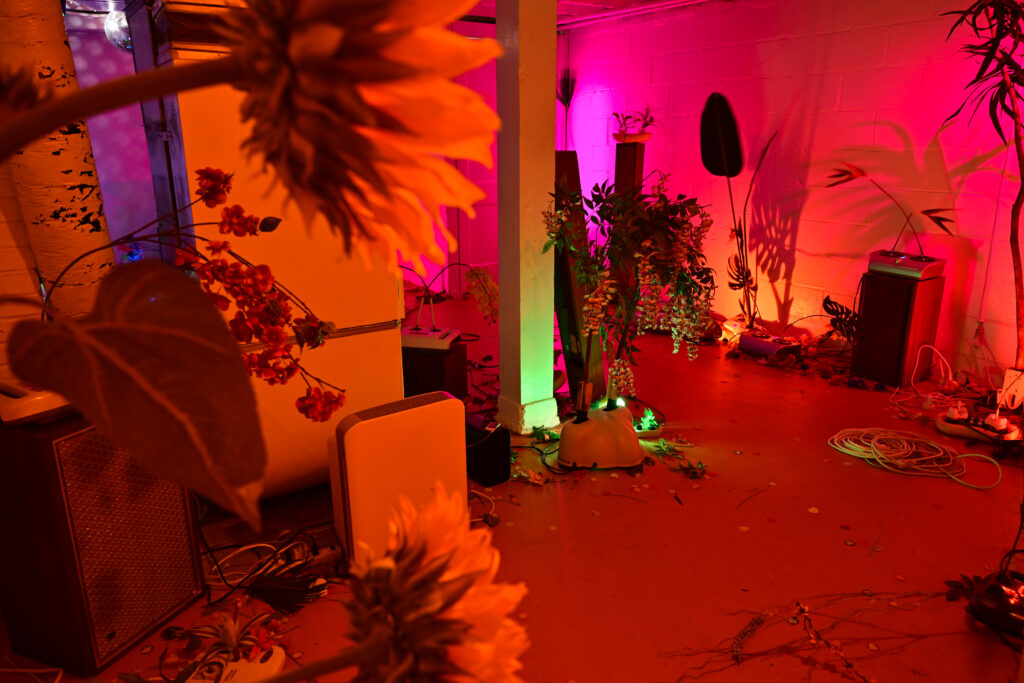
JYYou seem to be taking pieces of more, shall we say, traditional galleries and mixing them with the ethos or approach of alternative spaces. Is that a fair summary?
RFYeah. Pulling even further back, I think it’s about exploring ways of sustaining and supporting artists’ careers and practices. We’re taking specific tools that other galleries have established and then questioning them. There is an expectation from institutions or collectors to have some of those things traditional galleries have, checklists and the like. But we’re more interested in providing those expected things in new ways that can be supportive of the artists and community. Like commissioning local writing on the artists on view and including it.
KVLWe’re trying to provide these tools to the artists that could come in handy for them. Having someone write about their work can be helpful down the line. Having a catalogue, even a small one, means something. We make a catalogue for every show we do.
RFThere’s a lot of mystery around patronage and how the market works. We try to share information about that, too.
KVLThe opacity and mystery always seem intentional, like you’re withholding power by withholding information. We like to counter that by talking to younger spaces and telling them what we’ve learned. We try to be as transparent as possible.
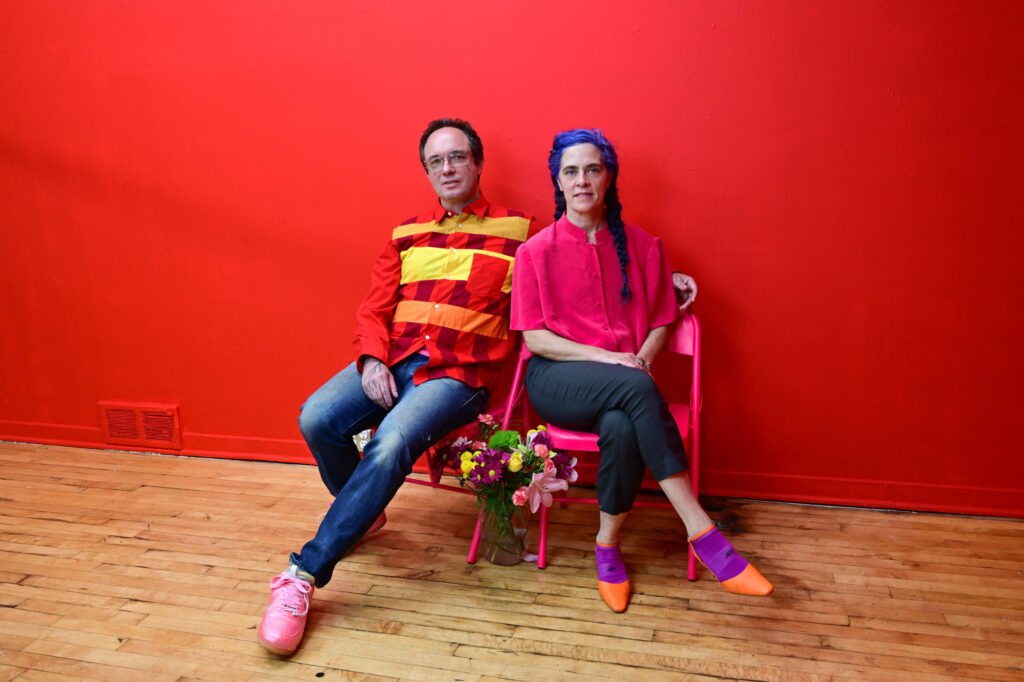
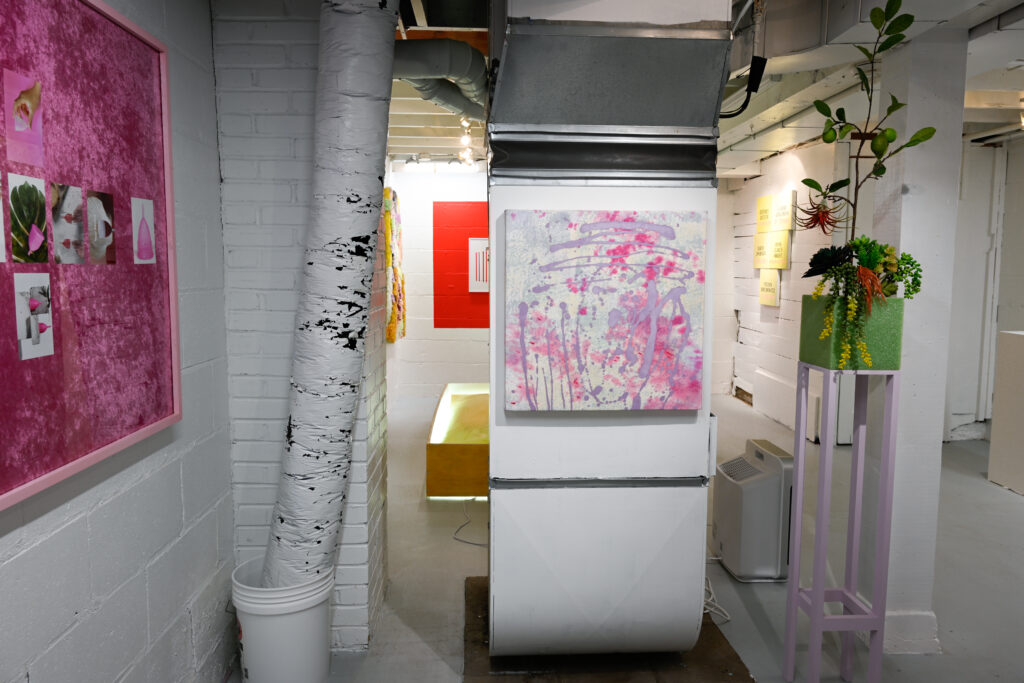
JYIn that vein, do you have any suggestions for those starting out?
RFReach out. Don’t be afraid of that. You can’t wait around for other people to give you validation. When you do reach out for a studio visit, make sure you have something you want to show, that you’re ready to do it. It isn’t a crazy idea that a museum curator will come see it. If you reach out, there’s a good chance someone will respond.
KVLIt’s also important to make sure you are a good match with whomever you want to work with. If a gallery is interested in working with you, do some research. Make sure they are the people you’d like to collaborate with. It should be fun and you should feel a connection with them.
RFDon’t be afraid to get out of your bubble. Minneapolis is great, but also look around at what is happening elsewhere. See as much art as you can.
KVLGalleries and alterative spaces are free, too! They provide access to art in a different way. When I was in college and visiting a friend in New York City, I didn’t have the money to go to MoMA [Museum of Modern Art]. Then I discovered all the galleries in Chelsea and the Village. I was shocked they were free. You can just walk into these places. It felt like this cool, secret free place to see art without tons of people in the way. Galleries felt accessible to me.
JYOn the other side of the gallery relationship, what do you think of patronage? There is often an air around patronage that it is only available to Vanderbilts and the wealthy.
KVLPatronage is just supporting an artist. You can do it by buying their work or helping them in other ways. We buy or trade art with artists all the time. It feels good to know you’re helping to support this artist.
RFWe got serious about collecting art ourselves as we were launching the gallery. We’ve made some crazy reaches when buying art. We are always happy once we recover financially. (Laughs.) It’s always worth it.
KVLIt can also be troubling for some artists when they focus too much on the market and commerce side of things. You have to spend time developing your own values. Selling artwork to collectors or institutions isn’t for everyone. With HAIR + NAILS, we try to not only focus on the money side. It’s about support. That support is sometimes through selling work, but not always.
RFExactly. It can be harmful if an artist doesn’t know anything about how it works, either. The more you know about it, the better you can make your own decisions about what kind of practice you want.
If your goal is to be able to financially live off your work, then it is vital you understand the commerce side of things.
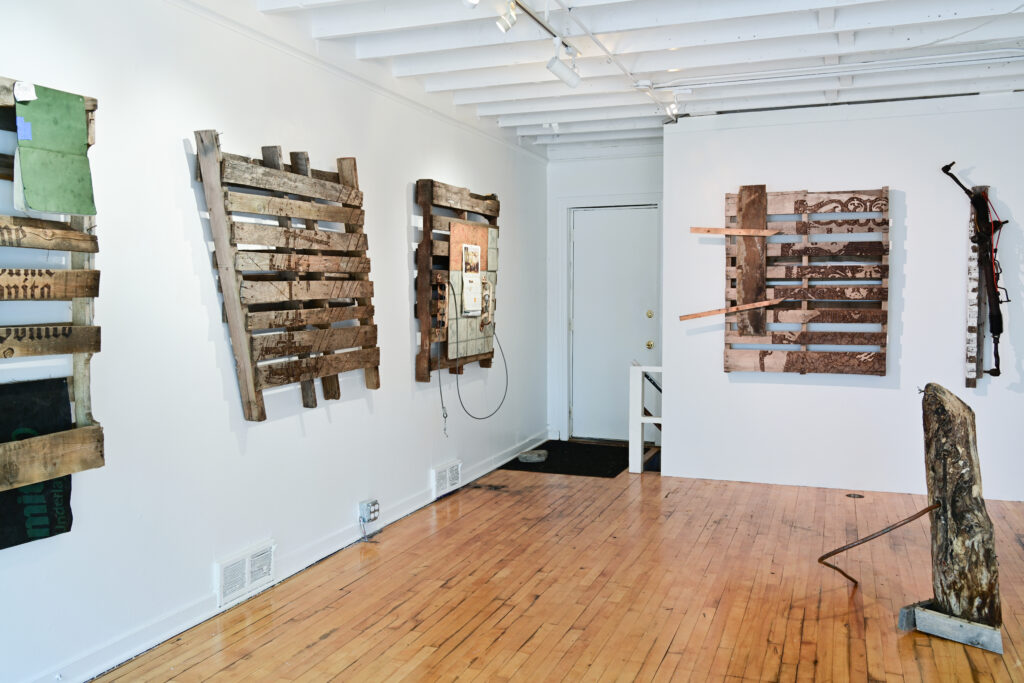
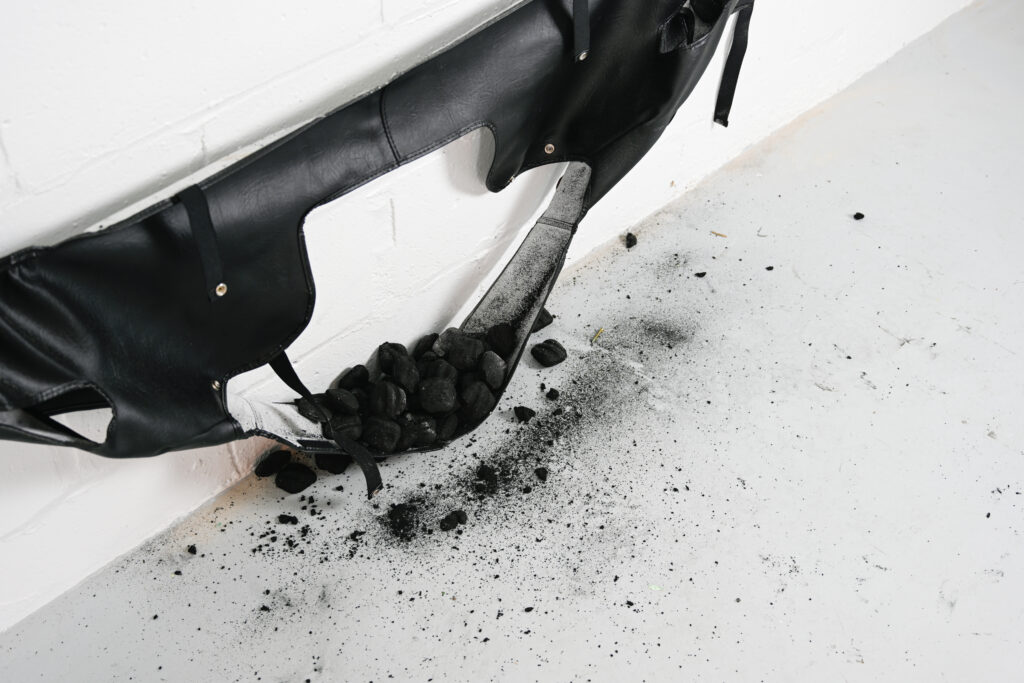
JYDid the underground and alternative art spaces you started out working in and around influence this transparent and knowledge-sharing approach?
KVLOh, absolutely. They were a huge influence on our ethos and how we approach everything.
RFHAIR + NAILS is not all that different than creating a punk venue. You need to learn the basics. How do you set up a sound system? How do you handle a door and selling tickets? What about promotion? How are you splitting up the money from ticket sales? How do you collaborate on that? What are your ethics around it?
Learning how to make a space can seem daunting, but it isn’t. You just need to have the desire, the passion, to do it. The knowledge is already out there. Don’t let anyone tell you different.
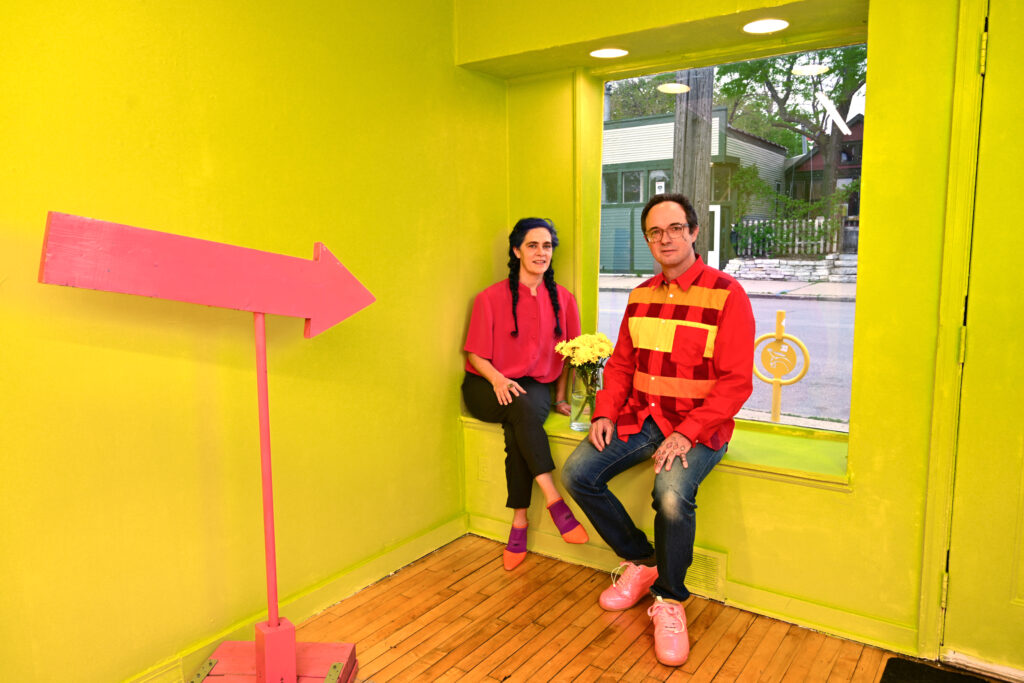
HAIR + NAILS also recommends: